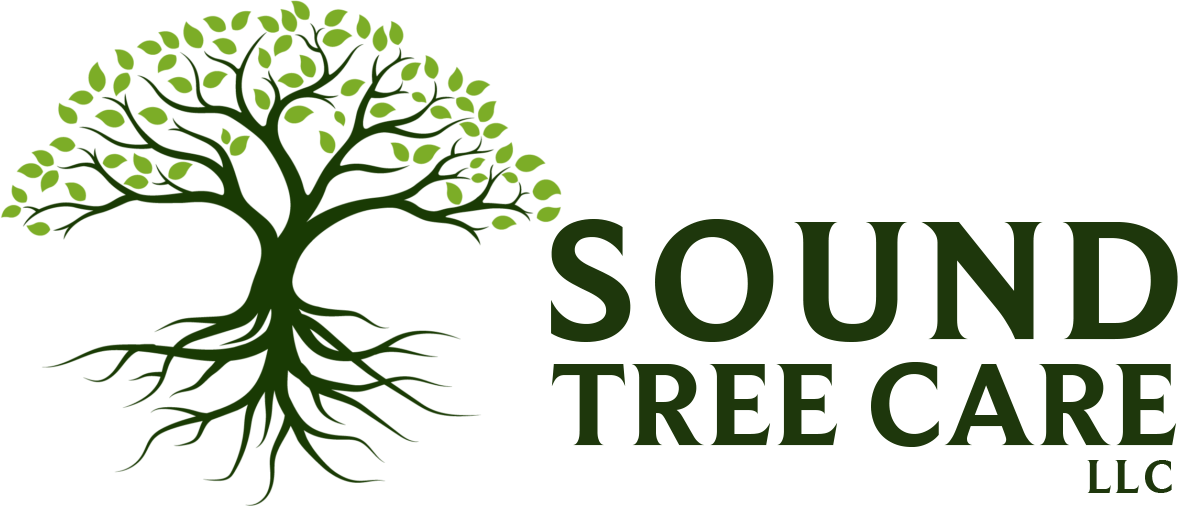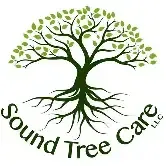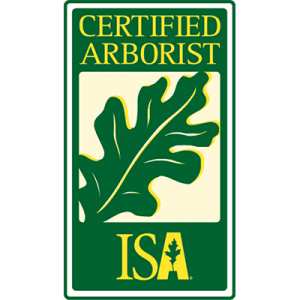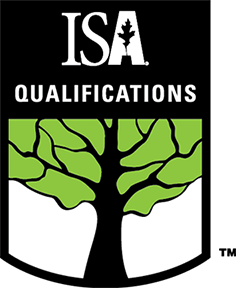Hedge Trimming: You Asked We Answered - Sound Tree Care
Written By: Eric Ledford
ISA Certified Arborist – PN-9290A
ISA Qualified Tree Risk Assessor (TRAQ)
Your Hedge Trimming Questions Answered By An ISA Arborist
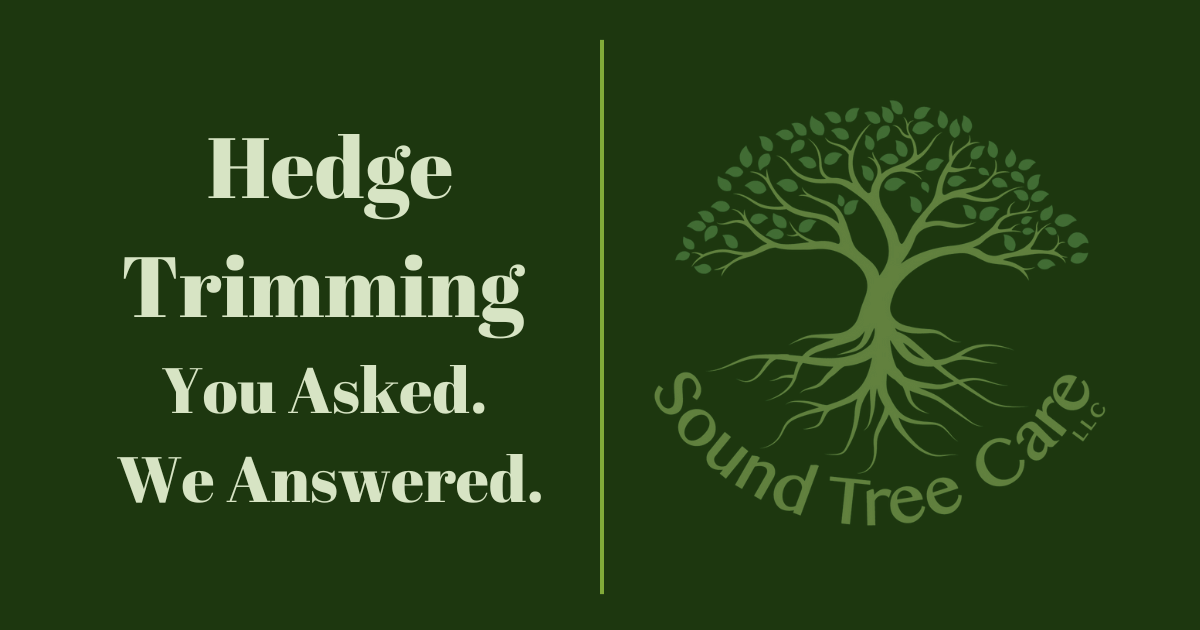
Hedge trimming is critical to maintaining the beauty and health of your property in Seattle. Whether you're a seasoned gardener or a new homeowner, it's common to have questions about this essential task. In this article, a certified Seattle arborist answers the top 10 questions about hedge trimming, providing you with the knowledge and insights necessary to keep your hedges in prime condition
15 Most Common Hedge Trimming Questions Answered by a Certified Arborist
1. Why is hedge trimming important?
Hedge trimming is vital for several reasons. Firstly, it promotes healthy growth by removing dead or diseased branches, allowing sunlight and airflow to penetrate the hedge. Regular trimming also helps maintain the desired shape and size, preventing overgrowth and ensuring an aesthetically pleasing appearance. Additionally, correctly trimmed hedges provide privacy, act as noise barriers, and offer protection against wind, making them a valuable asset for homeowners in Seattle.
2. When is the best time to trim hedges?
The ideal time for hedge trimming depends on the specific hedge species. Most hedges should be trimmed during their dormant period, which typically falls in
late winter or early spring before new growth emerges. However, there are exceptions.
Flowering hedges should be trimmed after they bloom to avoid removing flower buds.
It's also essential to consider any local
regulations or restrictions on trimming during certain times of the year.
3. How often should I trim my hedges?
The frequency of hedge trimming depends on the growth rate and desired appearance. Most hedges require trimming
once or twice a year, typically in early spring and late summer. However, fast-growing hedges may need more frequent attention. Regular monitoring and
maintenance are crucial to prevent overgrowth and maintain the health and shape of your hedges.
4. What tools do I need for hedge trimming?
To trim hedges effectively, you will need a few essential
tools. These include sharp hedge shears for precise cutting, loppers for thicker branches, pruning saws for larger cuts, and safety equipment such as gloves and goggles. We recommend hiring a professional tree care company if you have tall hedges or require specialized equipment.
5. What is the proper way to trim a hedge?
Using proper trimming
techniques is crucial for achieving a professional-looking hedge.
- Start by removing dead or damaged branches and cutting them back to healthy growth.
- Next, establish the desired shape by trimming the sides and top. Use long, sweeping motions to create clean lines and avoid cutting straight across, as this can result in an uneven appearance.
- Maintaining a slight taper, with the top narrower than the base, ensures sunlight reaches the lower branches.
- Lastly, avoid cutting too much at once, which can stress the plant and impede its growth. Follow the ⅓ rule when trimming and pruning your hedge.
6. Do you trim hedges from top to bottom?
Hedges should be trimmed from the bottom to the top in sweeping motions tapering the sides to the base is wider than the top so sunlight reaches the base.
7. Does trimming the top of a hedge make it grow thicker?
Trimming the top of your hedge encourages the sides to grow further, thickening your hedge.
8. Do you trim just above or below a node?
Always cut branches just above a node to prevent dieback. By cutting above a node, you can encourage new leaves, flowers, and stems to grow in the desired direction so your hedge maintains your desired shape and form.
9. Can hedge trimming be done at any height?
Hedge trimming can be done at any height, but it's crucial to prioritize safety. We strongly recommended hiring a professional tree care service if you're working with tall hedges or hedges near power lines. They have the expertise, experience, and equipment to handle the task safely and efficiently.
PRO TIP: Utility companies will trim hedges and trees near power and utility lines for
free. They may not give you the desired results, but they do the job.
10. How do I rejuvenate an overgrown hedge?
Rejuvenating an overgrown hedge requires a
gradual approach. Instead of removing excessive growth all at once,
trim the hedge back over two to three years. Gradually removing sections allows the plant to recover and encourages healthy regrowth.
Professional tree care services in Seattle can assist with the
rejuvenation process, ensuring the longevity and vitality of your hedge.
11. How much can I cut off the top of my hedge?
It is safe to cut away
1/3 of the growth from the top and sides in a single season. Cutting more than that can severely
weaken the plants and lead to premature death. If you need to remove more than that to restore its shape and height, remove one-third of its growth this pruning season and repeat that every season until you achieve the desired results.
12. What safety precautions should I take when trimming hedges?
Safety should always be a top priority when
trimming hedges. Wear protective gear such as gloves, goggles, and sturdy footwear. If using a ladder, ensure it is stable and on even ground. Be cautious of overhead power lines and check for hidden obstructions like bees' nests or wildlife habitats before starting the trimming process.
For
tall or large hedges, it's advisable to hire professionals who have the necessary safety protocols in place.
13. Should I apply a wound sealer when I trim my hedge?
It’s best to let your hedge heal naturally. Plant wound sealers lock in moisture which can lead to rot. The wounds will heal just fine if you’ve pruned your hedge correctly using sharp tools.
14. Can I trim hedges myself, or should I hire professionals?
Trimming small hedges can be a DIY task if you have the necessary skills and equipment. However, hiring professionals for larger hedges, complex shapes, or tall hedges is best. They possess the expertise, tools, and safety equipment to ensure optimal results and minimize potential risks.
15. How can I maintain a healthy hedge after trimming?
To maintain a healthy hedge after trimming, provide proper care and maintenance. Water the hedge adequately, especially during dry periods. Apply a layer of organic mulch around the base to conserve moisture and suppress weed growth. Regularly monitor the hedge for pests, diseases, or signs of stress. If any issues arise, consult a tree care professional in your area to address them promptly.
We offer complimentary onsite
consultations where a certified arborist can inspect your trees, provide preventative maintenance, treat infections and infestations, and make recommendations.
Conclusion
You are now armed with expert answers to your hedge-trimming questions and valuable insights to maintain healthy and visually appealing hedges in Seattle. Remember to trim at the appropriate time, use proper techniques and tools, prioritize safety, and seek professional help when needed.
With the right care and attention, your hedges will thrive, adding beauty and functionality to your property for years.
If you need assistance or expert advise on how to trim and care for your particular hedge, we have a certified arborist and offer tree care consultations and hedge trimming services to the greater Seattle area.
